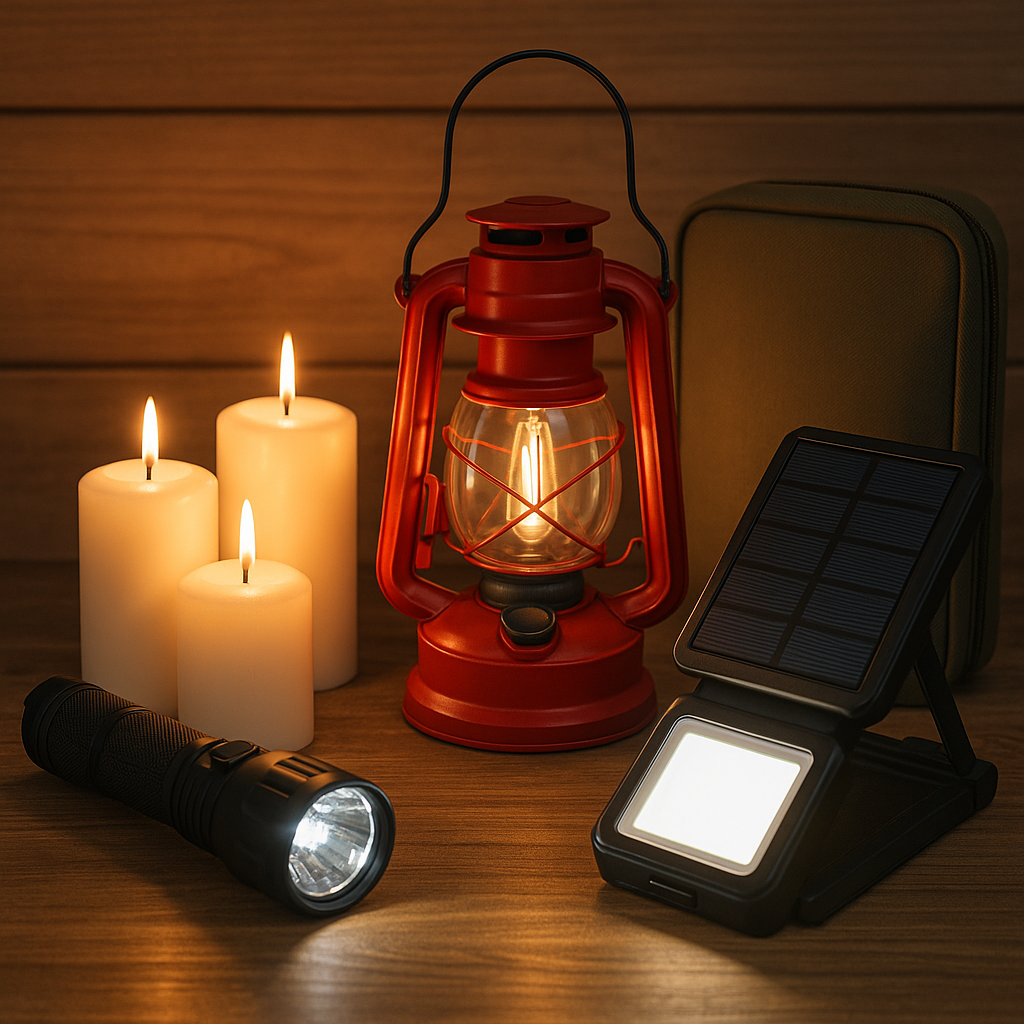Every year, Canadians are reminded that severe weather isn’t just a southern phenomenon—tornadoes do happen here, and they can be just as destructive. According to Emergency Preparedness Canada, an average of 60 tornadoes touch down in the country each year, with most occurring in the summer months and heavily affecting southern Ontario, the Prairies, and parts of Quebec. While not as frequent as in the U.S., Canadian tornadoes can still bring wind speeds exceeding 200 km/h, uproot trees, destroy buildings, and put lives at serious risk.
As a prepper—or just a responsible citizen—understanding the warning signs of a tornado and knowing how to react quickly could save your life.
Recognizing Tornado Warning Signs
Nature often gives subtle (and not-so-subtle) cues before a tornado strikes. Here are the most common warning signs to watch for:
1. A Dark, Greenish Sky
A green or yellow tinge in the sky often indicates hail and extreme moisture in the atmosphere—both common tornado precursors.
2. Wall Clouds and Rotation
A large, low-lying rotating cloud (wall cloud) is one of the clearest indicators of an impending tornado. If you see this formation, seek shelter immediately.
3. Loud, Continuous Roaring Sound
Many tornado survivors report hearing a sound similar to a freight train just before the tornado hits. If you hear this, don’t go outside—go to shelter.
4. Sudden Calm or Stillness
Just before a tornado strikes, the air may become eerily calm as the storm draws in wind and pressure. This sudden shift should raise red flags.
5. Flying Debris or Dust Plumes
Even if the funnel itself isn’t visible, swirling dust or flying debris at ground level may indicate a forming or active tornado.
6. Hail or Heavy Rain Followed by Sudden Silence
Tornadoes often follow severe thunderstorms. If the hail stops abruptly and the atmosphere turns strangely quiet, be on high alert.
How to Seek Shelter from a Tornado
When a tornado warning is issued in your area or if you observe the above signs, immediate action is critical. Here’s what to do:
1. Go Underground if Possible
- The safest place is a basement or storm cellar.
- Stay away from windows and cover yourself with something sturdy (like a mattress or heavy blanket).
2. Use an Interior Room on the Lowest Floor
- If you don’t have a basement, go to a small, windowless room or hallway on the lowest floor (like a bathroom or closet).
- Crouch low, protect your head and neck, and use any available padding.
3. In Mobile Homes or RVs: Get Out
- Mobile homes offer little protection. Seek shelter in a nearby building or storm shelter.
- If that’s not possible and a tornado is imminent, lie flat in a ditch or low area and cover your head.
4. If Caught in a Vehicle: Don’t Try to Outrun It
- If you see a tornado in the distance and it’s not moving toward you, drive at right angles to its path to get out of the danger zone.
- If it’s too close, abandon your vehicle, find a low spot (like a ditch), and lie down, covering your head.
Final Thoughts
Tornadoes move fast and give little warning. Your best defense is preparation and quick decision-making. Keep a NOAA weather radio, monitor emergency alerts, and know your community’s warning systems. Regularly run tornado drills, especially if you live in or near “Tornado Alley” regions of Canada.
Stay vigilant. Stay ready. Your life—and the lives of those you love—could depend on it.




